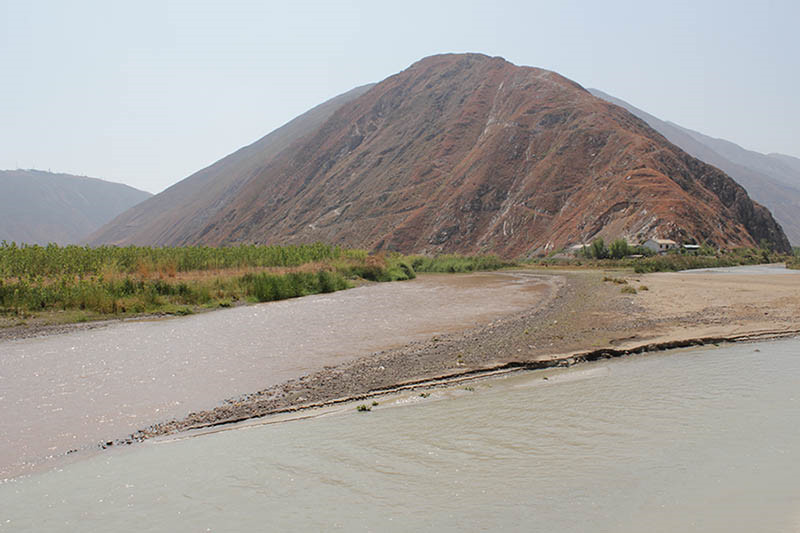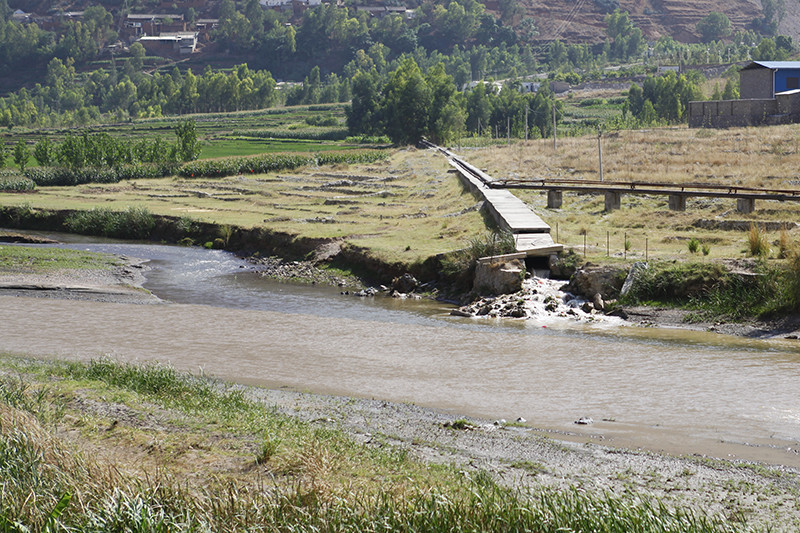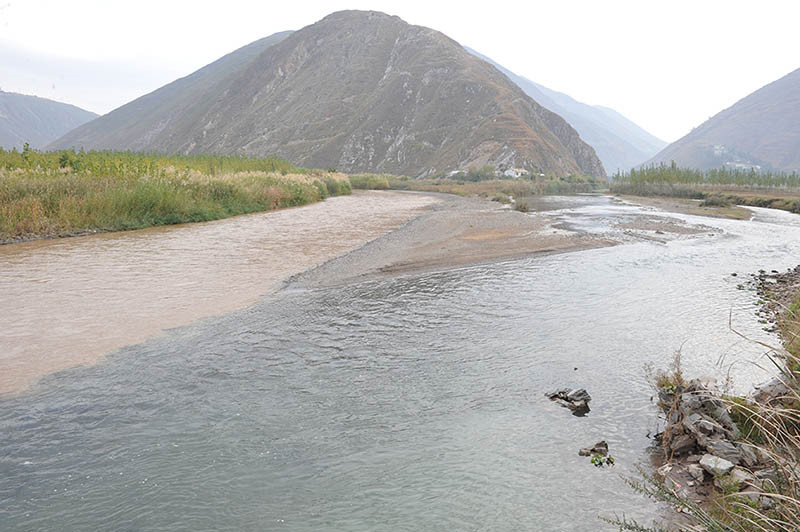
Xiaojiang (Niunaihe Milk River) River in Kunming
Xiaojiang River (牛奶河) refers to a river in the Xiaojian area of Dongchuan District, Kunming City, Yunnan Province. Due to local mining industries discharging tailings water directly into the river, the water in Xiaojiang River appears grayish-white, resembling milk. This phenomenon led to it being colloquially dubbed the “Milk River.”
On June 1, 2013, Kunming City reported the follow-up handling of the “Milk River” pollution incident. On November 29, 2014, local villager Liu Tianhua reported that the “Milk River” phenomenon had reoccurred in Xiaojian, Dongchuan District, Kunming City.
- Chinese Name: 牛奶河
- Location: 云南昆明
- Cause: 工矿业排放尾矿水
- First Exposed: 2012年6月1日
- Incident: 有企业污染河水
River Background
In April 2013, the water in a small river in Dongchuan Valley, Yunnan, turned milky white due to the illegal discharge of wastewater by several mining companies, leading to the nickname “Milk River.” This milky water flowed for over 70 kilometers, eventually merging with the Jinsha River (金沙江) at the junction of Menggu Township in Qiaojia County, Zhaotong City, and Yebao Ping Township in Huadong County, Sichuan Province, as well as Gele Village in the Dongchuan District.
At the confluence of the two rivers, one side of the Jinsha River presents a natural earthy yellow, while the Xiaojiang side is milky white, creating a distinct visual contrast. The two-colored water flows together downstream.
After the founding of New China in 1949, Dongchuan became an important mining area in Yunnan, with tailings water from dozens of mining companies along the riverside contaminating Xiaojiang. The Xiaojiang River ultimately merges into the Jinsha River at the junction of Qiaojia County, Huize County, and Dongchuan District.
Dongchuan is one of the five districts under the jurisdiction of Kunming City, Yunnan Province. The confluence of the Jinsha River and Xiaojiang River at Xiaokou, within Dongchuan, is at an altitude of only 695 meters, making it the lowest point in Kunming City. Due to the region being part of the world’s deep fracture zone, there is significant geological erosion, forming a typical high mountain canyon topography characterized by steep cuts. Additionally, differences in airflow, rainfall, soil, and vegetation contribute to a distinctive “one mountain divides four seasons, ten miles vary in weather” three-dimensional climate.
River Pollution
Pollution Causes
In Dongchuan District, Kunming City, a river that local villagers call the “Milk River” flows through the area. Tailings water from local mining activities is directly discharged into the river, causing it to turn white, resembling milk. The irrigation and drinking water for nearby villages have been severely affected.
On June 1, 2012, a journalist published a report titled “Life Irrigated by Dongchuan’s ‘Milk River’ is Withering” that caught the attention of many readers. Due to the illegal discharge of wastewater by some mining companies, the water in Xiaojiang River had temporarily turned milky white, sparking widespread concern.





 7 Days GolfingTour
7 Days GolfingTour
 8 Days Group Tour
8 Days Group Tour
 8 Days Yunnan Tour
8 Days Yunnan Tour
 7 Days Shangri La Hiking
7 Days Shangri La Hiking
 11 Days Yunnan Tour
11 Days Yunnan Tour
 6 Days Yuanyang Terraces
6 Days Yuanyang Terraces
 11 Days Yunnan Tour
11 Days Yunnan Tour
 8 Days South Yunnan
8 Days South Yunnan
 7 Days Tea Tour
7 Days Tea Tour
 8 Days Muslim Tour
8 Days Muslim Tour
 12 Days Self-Driving
12 Days Self-Driving
 4 Days Haba Climbing
4 Days Haba Climbing
 Tiger Leaping Gorge
Tiger Leaping Gorge
 Stone Forest
Stone Forest
 Yunnan-Tibet
Yunnan-Tibet
 Hani Rice Terraces
Hani Rice Terraces
 Kunming
Kunming
 Lijiang
Lijiang
 Shangri-la
Shangri-la
 Dali
Dali
 XishuangBanna
XishuangBanna
 Honghe
Honghe
 Kunming
Kunming
 Lijiang
Lijiang
 Shangri-la
Shangri-la
 Yuanyang Rice Terraces
Yuanyang Rice Terraces
 Nujiang
Nujiang
 XishuangBanna
XishuangBanna
 Spring City Golf
Spring City Golf
 Snow Mountain Golf
Snow Mountain Golf
 Stone Mountain Golf
Stone Mountain Golf



















